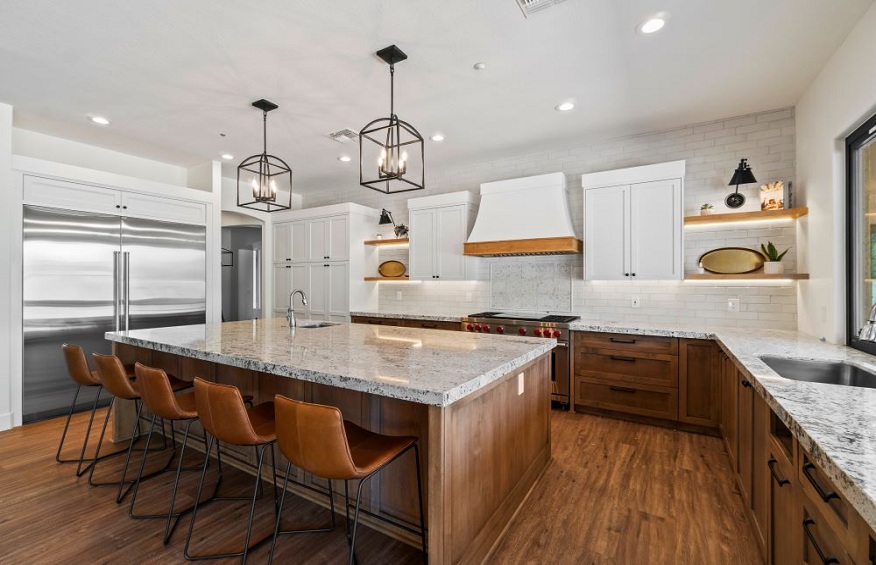The importance of sustainable and eco-friendly living is growing as we try to reduce our carbon footprint and environmental impact. Many homeowners want to make sure that their home is as environmentally friendly as possible, but they do not know where to begin. Actually, there are countless options for eco-friendly building materials and designs for sustainable homes.
What Makes a Home Sustainable?
At its core, we design and build sustainable homes to help minimize its environmental impact while at the same time promoting comfortable and healthy living. Important areas of focus on are reducing energy consumption through efficient heating and cooling systems and trying to maximize natural daylight; using sustainable building materials and practices to reduce energy consumption in the home; promoting better indoor air quality through green products and proper ventilation; and reducing water usage with things like low-flow appliances and rainwater collection systems. The overall effect of all these measures is a drastic reduction in a home’s carbon footprint and a reduction in utility bills as well.
Eco-Friendly Construction Materials
The use of green and recycled building materials is just one of the most impactful ways to help reduce energy use of a sustainable home. There are eco-friendly options for just about every part of home construction.
For framing lumber, for example, locally sourced wood that is Forest Stewardship Council (FSC) certified will ensure sustainable harvesting practices while reducing transportation energy costs. Recycled plastic or composite lumber is another durable and eco-friendly option. Bamboo is also quickly renewable and makes for attractive and sustainable flooring.
Insulation helps prevent heat loss, but many standard varieties contain toxic chemical components. Eco-friendly insulation alternatives will include recycled denim, newspaper, or cotton fiber. Natural cork insulation boards are moisture-resistant, antimicrobial, and fully recyclable at the end of life.
When choosing interior and exterior surfaces, the good folk over at Bedrock Quartz explain that recycled stone and glass are attractive and sustainable options. Recycled metals such as copper or zinc have rustic patinas and can be used for accent siding. Fast-growing bamboo makes for beautiful, durable countertops in kitchens and bathrooms while natural linoleum flooring will last for decades and avoids those PVC and other toxic binders used in vinyl flooring.
Maximizing Energy Efficiency and Passive Solar Design
In addition to material selection, the design and positioning of your sustainable home can drastically improve its energy efficiency. Passive solar design takes advantage of the sun’s path and natural features around your home to minimize electric lighting, heating, and cooling needs.
Strategically placing more windows along south-facing walls allows low-angle winter sunlight to reach deep into interior rooms. The sun’s warmth is absorbed into thermal mass floors and walls, then slowly released after sundown to maintain comfortable temperatures. Overhangs above windows should block out the high summer sun to prevent overheating while allowing lower winter sun to enter undisturbed.
Supplemental insulation, smart ventilation, exterior shade trees, and radiant floors all help prevent indoor overheating and reduce air conditioning demands. Rainwater collection barrels supply irrigation water while native landscaping avoids thirsty lawns. When done effectively, your passive solar sustainable home design taps into natural processes for lighting, heating, and cooling needs for drastically reduced energy consumption.
Conclusion
Creating an eco-friendly and sustainable home is an important investment for environmental and financial stewardship. Carefully choosing renewable, recycled, and non-toxic construction materials makes a drastic impact by reducing your home’s embodied energy before you even move in. When these material selections are combined with passive solar techniques and energy efficient HVAC systems, you benefit from superior comfort and indoor air quality while treading far lighter on the earth. The choices we make in building sustainable homes today pave the way toward a healthier environment tomorrow.

